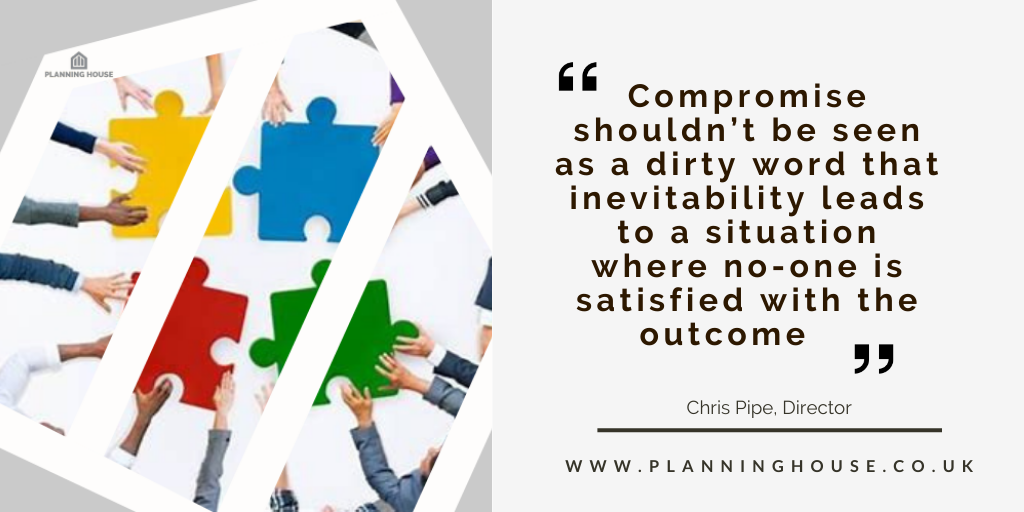At its heart, planning is about comparing the benefits of a proposed development with the harm it would cause. Very rarely are developments entirely without harm or entirely without benefit. It is the role of the planning officer to identify the benefits and harm and weigh them all up to arrive at a decision.
This is called the ‘planning balance’. Planning law is clear about how this process is carried out: all planning applications should be determined in accordance with the development plan unless material considerations indicate otherwise. However, it is a fundamental principle of the planning system that the weight afforded to individual issues (i.e. more important issues receive more weight) on an application is solely a matter for the decision-maker. It is their task to consider all the relevant factors in reaching that decision.
Planning judgement is therefore critical, with the potential for different conclusions to be drawn from the same evidence.
Where there is a dispute over a specific development proposal, compromise from those involved is likely to be needed if disagreements cannot be resolved. But compromise shouldn’t be seen as a dirty word that inevitably leads to a situation where no-one is satisfied with the outcome. Compromise can result in ‘win-win’ situations with more sustainable development being delivered when the mutual benefits of schemes are harnessed and proposals are responsive to site constraints and opportunities.
Planning policy requires careful consideration of the local context, urban character, the needs of residents and the local economy, that all developments constitute an improvement of the area and sit comfortably within the area and, where necessary, that environmental assets are protected. These are all reasonable requirements and well-designed schemes will always take them into account. Design is integral to any planning proposals submitted. A considered and high-quality development is not only more likely to secure planning permission (and more quickly), but such schemes are also more likely to improve and shape the places where people live, work and visit.
In many ways good design is synonymous with good planning. As such, by taking a proactive approach and being willing to collaborate, communicate (see our previous article) and compromise (where necessary) can be used to your advantage during the planning process.


